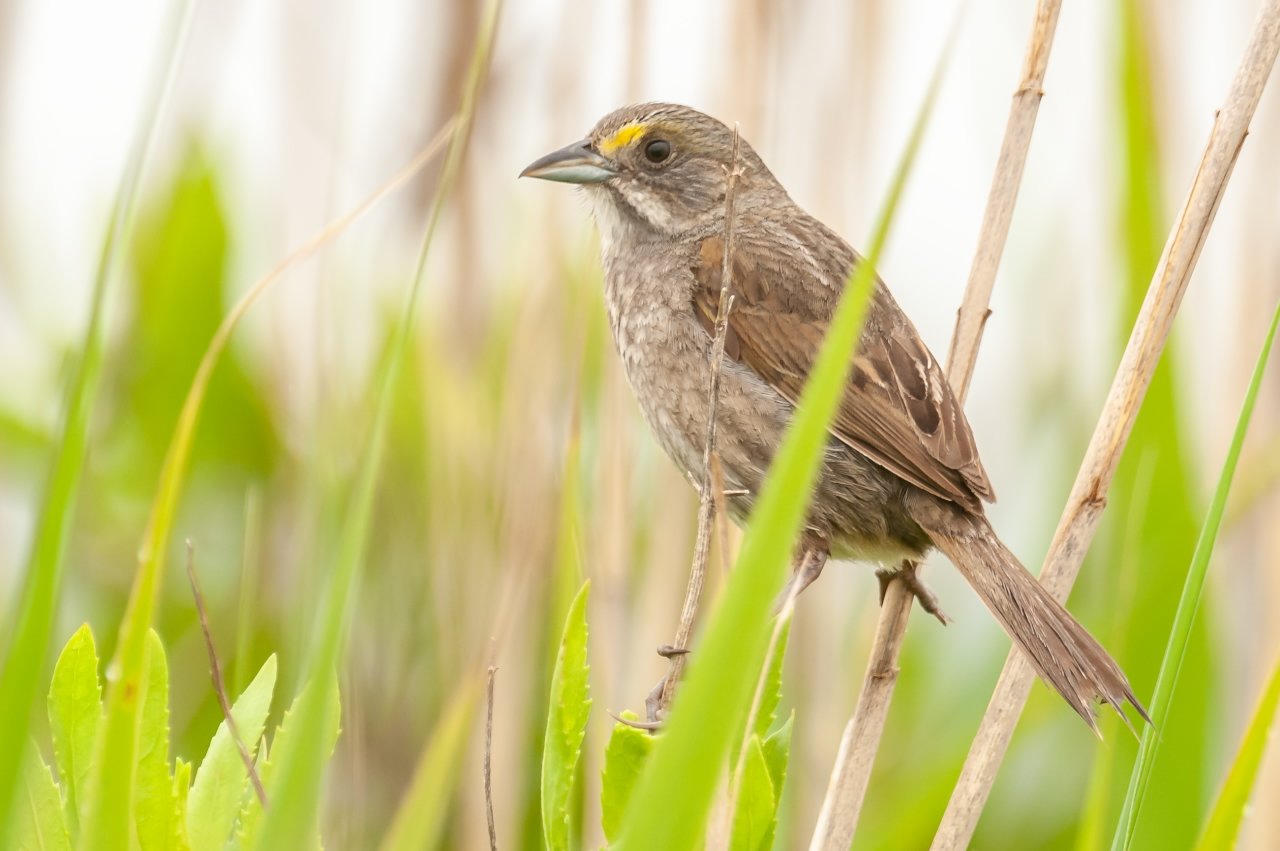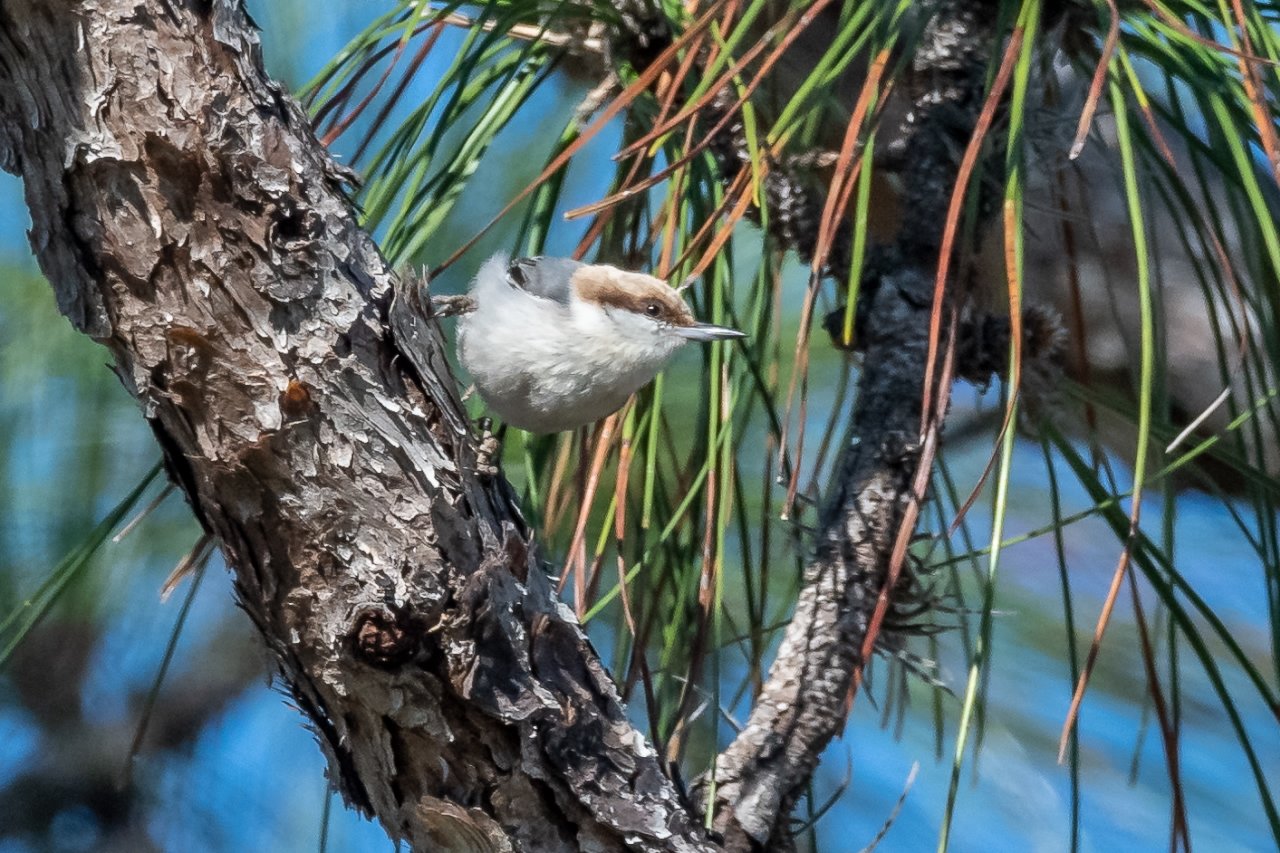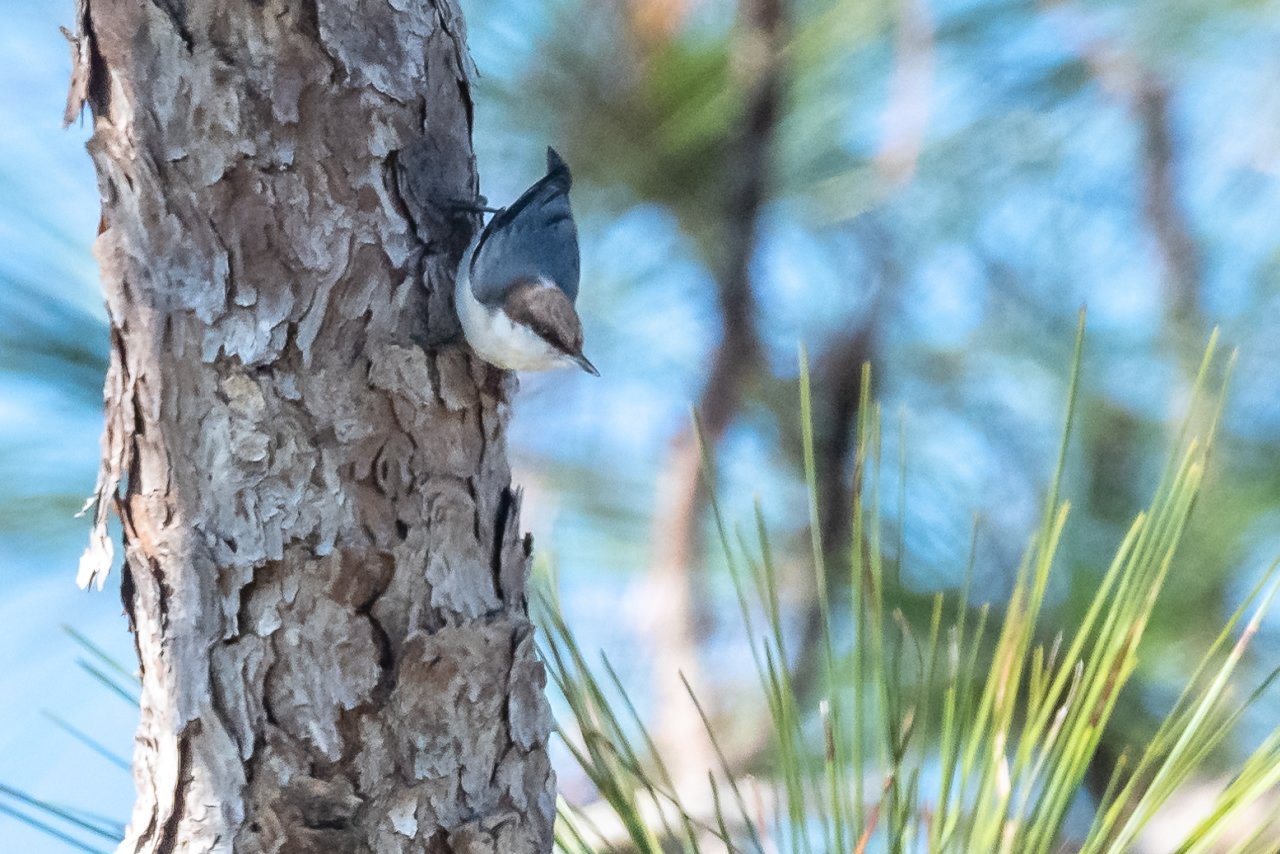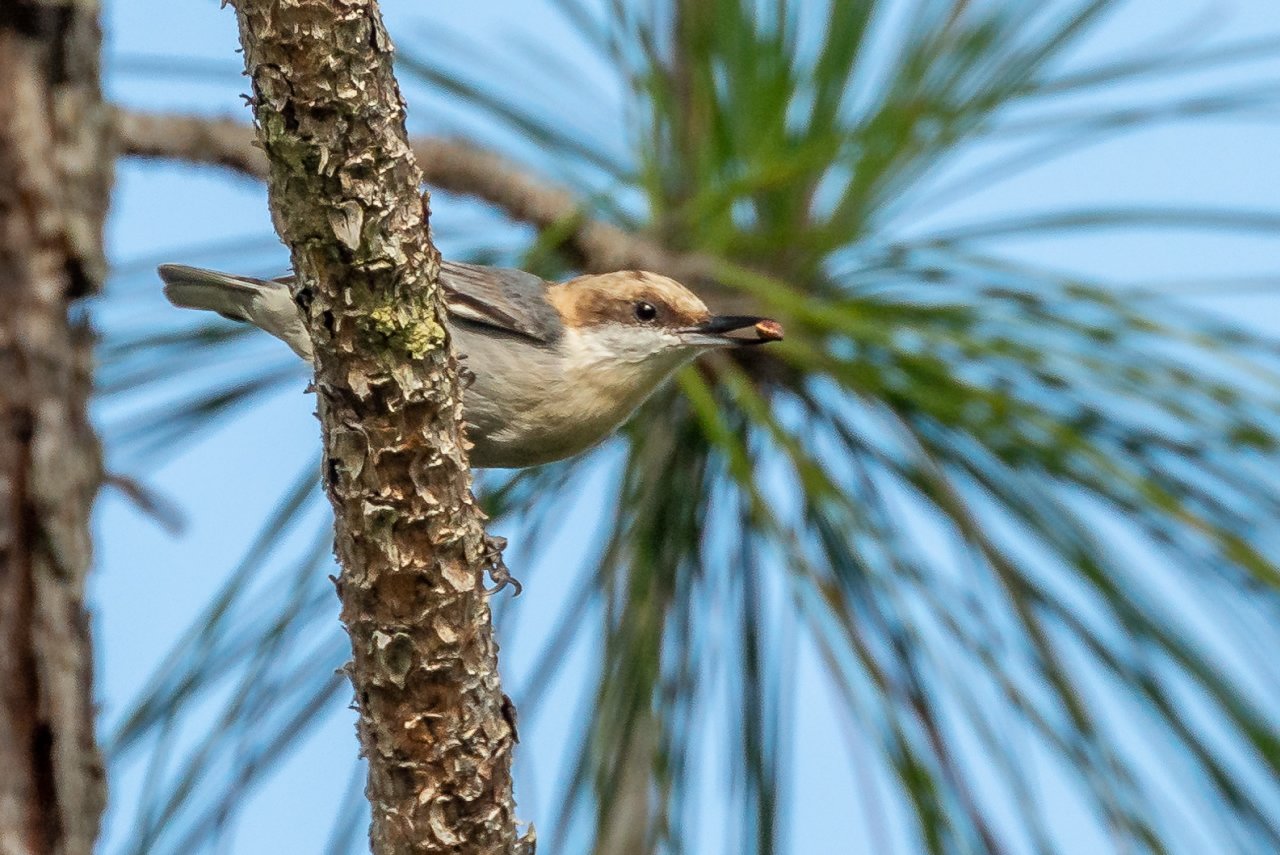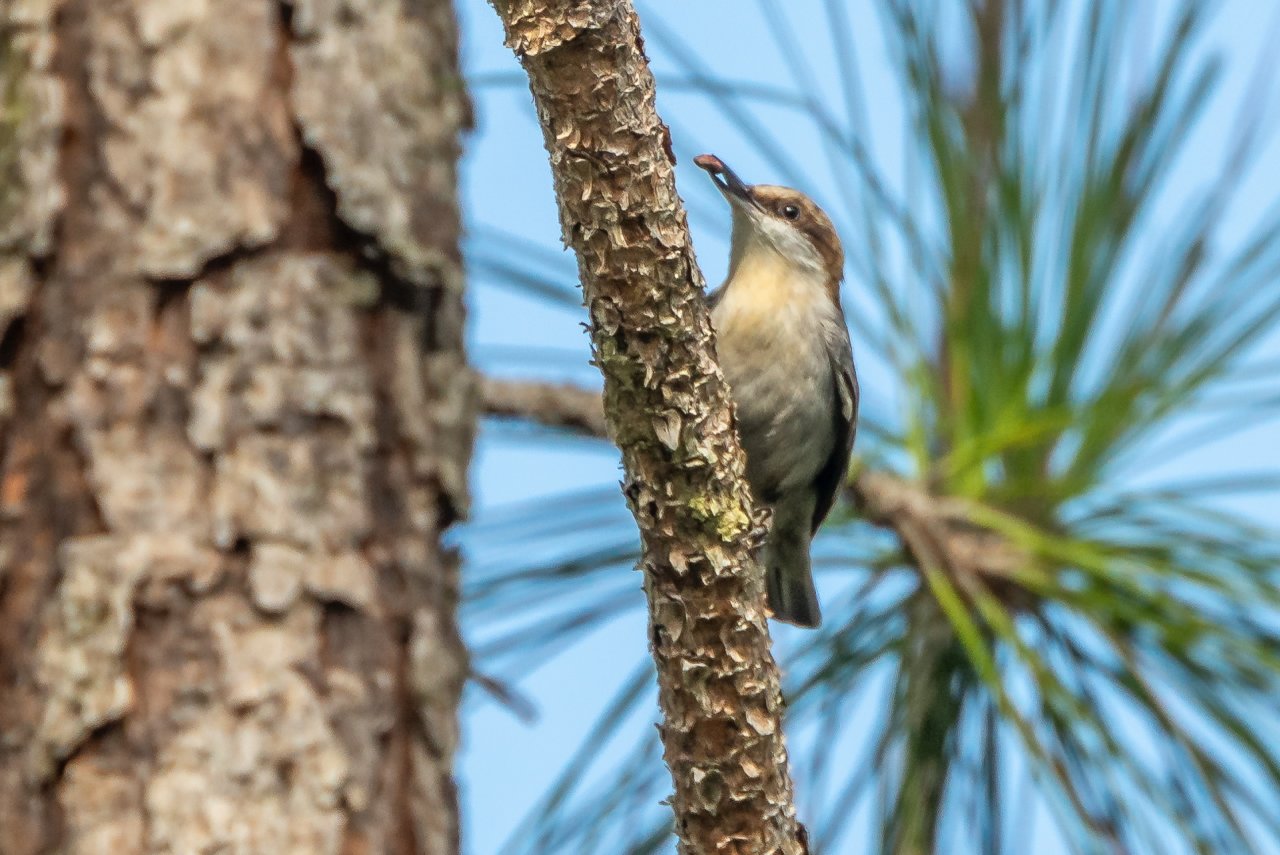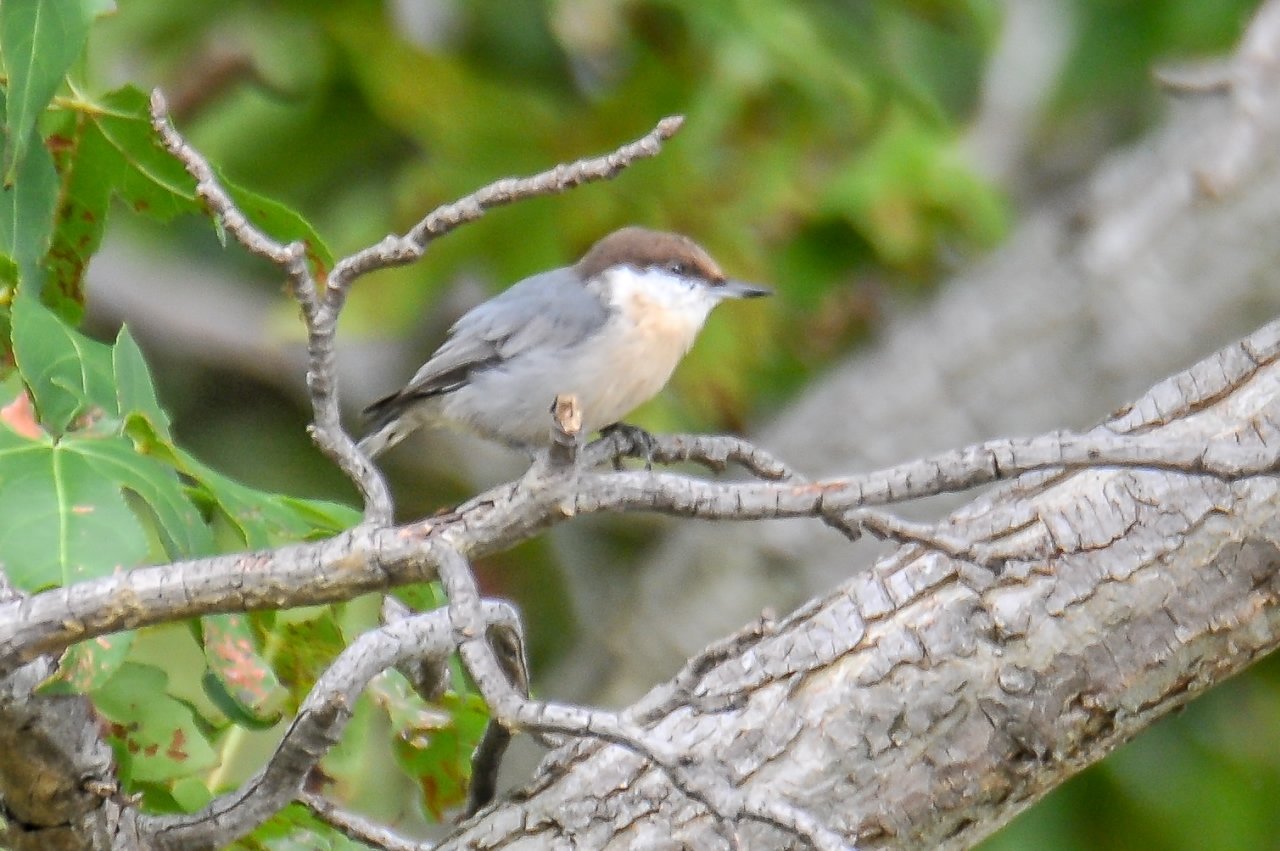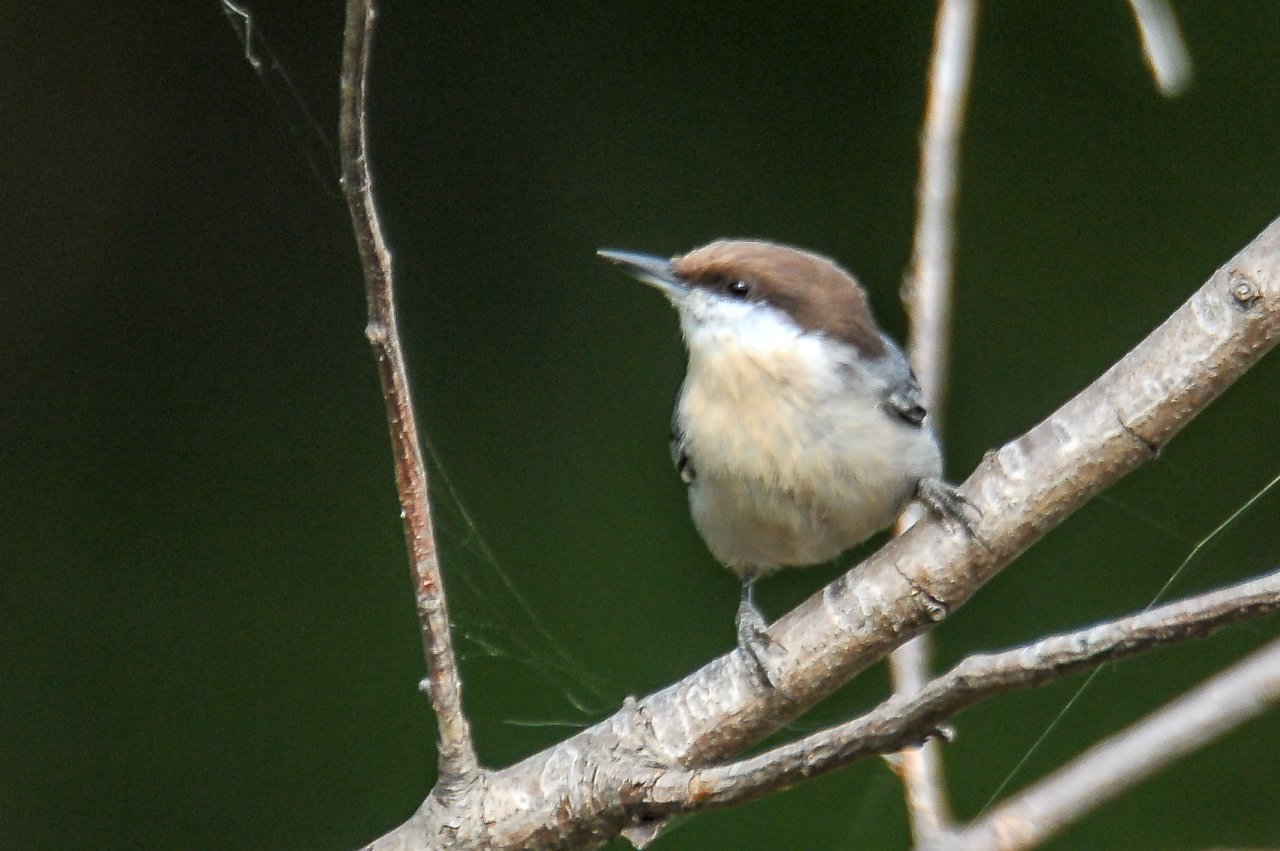“There is a Seaside Sparrow up at Pelican Island National Wildlife Refuge, want to go along to look for it?” The call came in just as I was leaving for a medical appointment and was not able to join my friend for the Seaside Sparrow search. But the call got me thinking about Seaside Sparrows and sparrows in general. Yes, I know, sparrows are ho-hum birds and not on everyone’s list of favorites, but the conversation got me wondering about how many species of sparrows there are in North America, and what the range of Seaside Sparrows is that it was regarded as an unusual species here near Vero Beach just north of St Lucie County.
Quick answers: 1, there are 34 species of sparrows in North American, not counting the introduced ubiquitous invasive House Sparrow and the also introduced but very local Eurasian Tree Sparrow found only around St Louis, Missouri. And 2, as to the range of the Seaside Sparrow, and why it is regarded as unusual along east coast Florida, curiously, two apps on my mobile phone show it as not even being here at any season, and a third app, as well as Cornell’s “All About Birds” page on the internet show Seaside Sparrows as being a strictly wintertime visitor to east coast Florida.
Whichever is correct, the Seaside Sparrow is pretty much a strictly salt marsh grasslands bird, and anywhere it might be found in Florida is probably highly unusual. Here in Florida the most common sparrow is the Savannah Sparrow. Other highly sought after sparrows include the Bachmann’s Sparrow, the Grasshopper Sparrow, which has both the winter time migratory subspecies, and the rarer Florida non-migratory subspecies, the occasionally seen Swamp Sparrow and the even less occasionally seen Clay-colored Sparrow. Up north at our Pennsylvania home the Song Sparrow is common year round and in the winter White-throated Sparrows and sometimes Fox Sparrows show up at the feeders. Most other sparrow species require some effort and searching to find.
When I began searching my files for photos of Seaside Sparrows, which I knew I had taken, I was surprised to find that all my photos were from the period 2009 to 2013, and I don’t believe I have seen any since then.
The species is fairly common during the breeding season in the salt marshes of south-western New Jersey along the Delaware River estuary which is where all of these photos were taken. Also interesting is the fact that Cornell’s website on the Seaside Sparrow lists seven subspecies of Seaside Sparrows whereas the Sibley app on my phone only shows four. Most rare of these subspecies is the Cape Sable Seaside Sparrow of the Everglades which we have searched for but never found and, of course, have no photos to share with you. The Dusky Seaside Sparrow once was found only in Florida in Merritt Island and in the salt marshes of the St John River but was ultimately declared extinct in 1990.
My friend reported back that he was unsuccessful in locating the Seaside Sparrow at Pelican Island NWR, but since it was confirmed by two of Florida’s best birders and seen sporadically over several weeks with much effort by a number of additional birders, he is going to try again.
Meanwhile, even though I would love to see one again and upgrade my photos, at my age and with my walking difficulties I will let my current photos do the job. While sparrows are not the favorite birds of anyone I know, they certainly present a challenge to both find and identify. For the intense birder finding all the different species is a true challenge, not to mention the additional challenge of delineating the different subspecies within each main species.
When it comes to sparrows think of them like this: Painted Buntings, Roseate Spoonbills, Bald Eagles, Ospreys, Swallow-tailed Kites, Wood Ducks, and similar birds are the movie stars of the bird world; egrets, herons, owls, bitterns, and other similar species are the stage crew that make the bird world interesting; and sparrows, finches, and other similar more common species are the audience that makes up the rest of the show. We sometimes like to look through the crowd at a show to see if there is anyone there we recognize. Isn’t it a thrill when we see someone in the crowd that we know? That’s sparrows for you. Finding the unexpected or hard to find individual in the crowd can be very exciting. So we should all keep looking. And sometimes actually finding.
For more about Seaside Sparrows, see: www.allaboutbirds.org/guide/Seaside_Sparrow/overview.
For more about Pelican Island NWR, see: www.ircgov.com/Departments/General_Services/Parks/Conservation/PINWR.htm
For more about the extinct Dusky Seaside Sparrow, see: en.wikipedia.org/wiki/Dusky_seaside_sparrow


